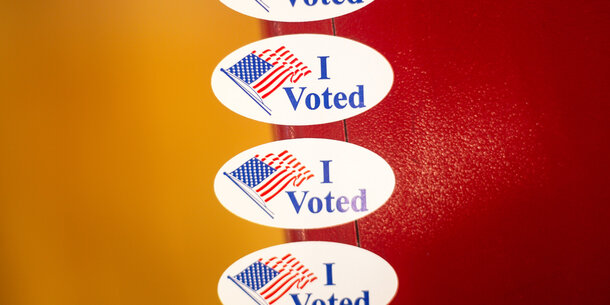The following is adapted from oral testimony given Monday before the House Judiciary Committee’s Subcommittee on the Constitution, Civil Rights, and Civil Liberties at a hearing about potential legislative reforms to the Voting Rights Act of 1965.
In its 2013 ruling in Shelby County v. Holder, the Supreme Court gutted the most powerful and successful provision of the Voting Rights Act of 1965. Under the law, jurisdictions with a history of discrimination could not change their voting procedures without first securing “preclearance” from the Department of Justice or a federal district court in Washington to ensure that the proposed change would not harm minority voters. In Shelby County, the Court found that the formula Congress used to determine which states should be covered by preclearance was outdated.
But the Court did not write off preclearance altogether, instead inviting Congress to craft an updated formula — one “grounded in current conditions” and “needs,” and targeting jurisdictions where discrimination is sufficiently pervasive and persistent to justify preclearance. That is precisely what this Congress has done — and is now sharpening — in the John Lewis Voting Rights Advancement Act (VRAA).
Racial discrimination in voting remains extensive and persistent. These are the “extraordinary conditions,” in the Court’s terms, that make preclearance both necessary and constitutionally justified.
Amid the reams of evidence making this point, it is worth highlighting that turnout among nonwhite voters is substantially lower than turnout among white voters — and has been for at least 25 years. In the 2020 election, despite record overall turnout, roughly 71 percent of white voters cast ballots, compared to only 58 percent of nonwhite voters. The gap between them is even starker in states that are likely to be covered under the VRAA. And in virtually every one of those states, the gap has grown dramatically since the Shelby County ruling.
Targeted geographic coverage remains a necessary and appropriate way to root out intractable discrimination in voting. Though discrimination is widespread, it is much more prevalent and tenacious in some places than others.
The modernized geographic coverage formula Congress is contemplating for the VRAA identifies those places where voting discrimination is recent, widespread, and persistent. As such, it is sensible, fair, and constitutional, responsive to the Court’s concerns in Shelby County.
The formula relies on documented violations of laws prohibiting racial discrimination in voting. It captures only those states that meet a high numeric threshold of violations over time — 10 violations if at least 1 of them is statewide, or 15 total violations, over the prior 25 years. And it ensures that preclearance will be limited to states where discrimination is current; jurisdictions without recent violations will no longer be subjected to the requirement.
As Justice Elena Kagan recently observed in her dissent from a recent ruling that further rolled back the protections of the Voting Rights Act, this is “a perilous moment for the Nation’s commitment to equal citizenship” and an “era of voting-rights retrenchment.”
The scale of voting discrimination is enormous, and it will become more so as states and localities across the country begin the process of redistricting. It is a problem that only Congress can solve — by passing the John Lewis Voting Rights Advancement Act and the For the People Act.
The submitted written testimony is here.






